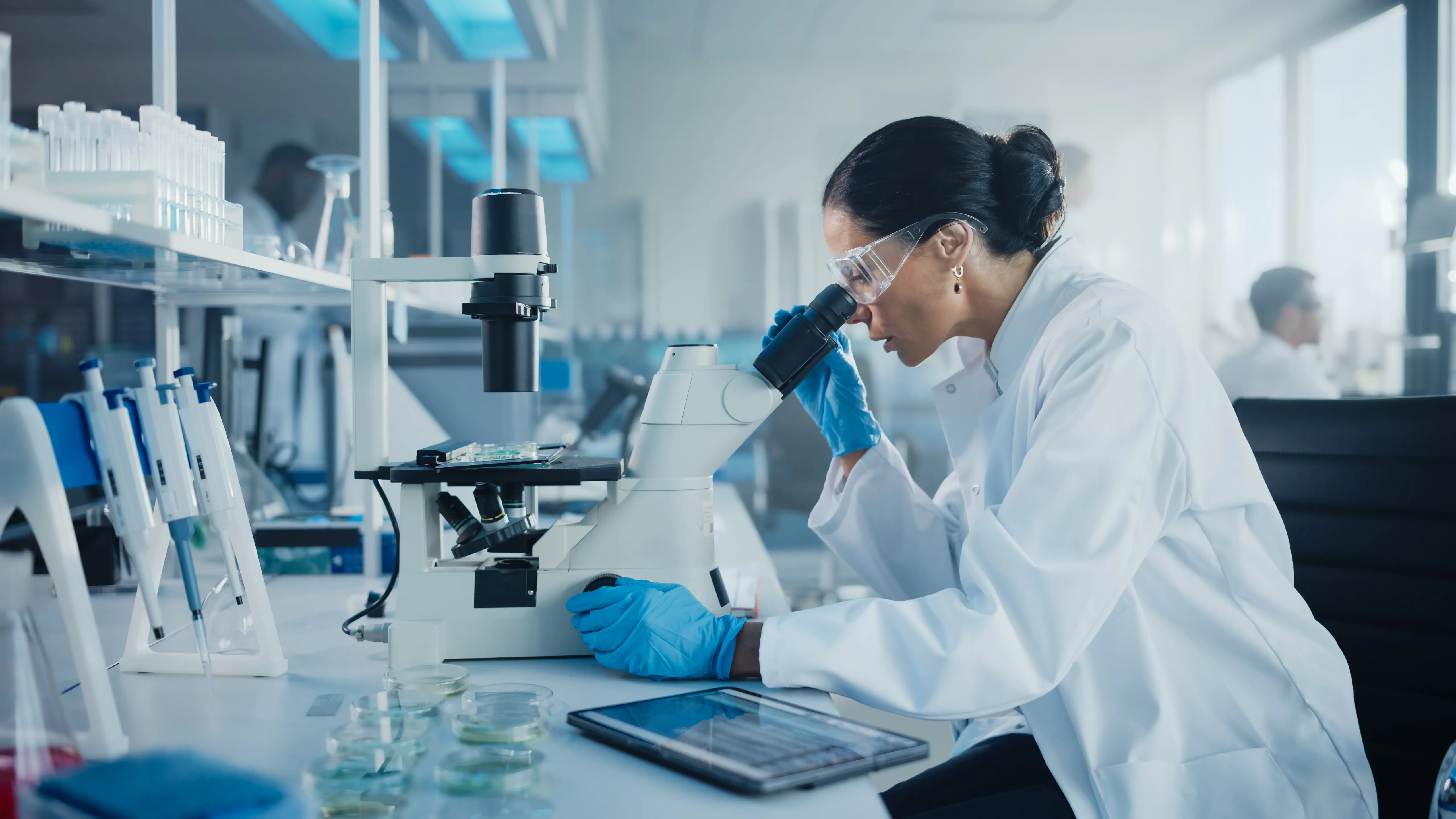

Discovery to Delivery
› Solutions ›Animal Biological Safety Levels (ABSL)
Animal Biosafety Level (ABSL) is provided for work with vertebrate animals exposed to agents which may infect humans. ABSL 1 thru 4, provide for practices, equipment, and facilities that are comparable to the laboratory biosafety levels. However, there are unique hazards associated with infected animals that must be understood by those personnel with animal contact and addressed in the animal facility. ABSLs are designed to protect personnel from exposure to potentially infectious materials.
|
ABSL |
Agents |
Practices |
Safety Equipment |
Facilities |
|
1 |
Not known to consistently cause disease in healthy adults |
Standard animal care and management practices, including appropriate medical surveillance programs |
As required for normal care of each species |
Standard animal facility No recirculation of exhaust air Directional air flow recommended Handwashing sink recommended |
|
2 |
Associated with human disease. Hazard: percutaneous exposure, ingestion, mucous membrane exposure |
ABSL-1 practices plus: Limited access Biohazard warning signs “Sharps” precautions Biosafety manual Decontamination of all infectious waste and of animal cages prior to washing |
ABSL-1 equipment plus primary barriers: containment equipment appropriate for animal species; PPEs: laboratory coats; gloves; face and respiratory protection as needed |
ABSL-1 facility plus: Autoclave available Handwashing sink available in the animal room Mechanical cage washer used |
|
3 |
Indigenous or exotic agents with potential for aerosol transmission; disease may have serious health consequences |
ABSL-2 practices plus: Controlled access Decontamination of clothing before laundering Cages decontaminated before bedding removed Disinfectant foot bath as needed |
ABSL-2 equipment plus: Containment equipment for housing animals and cage dumping activities Class I or II BSCs available for manipulative procedures (inoculation, necropsy) that may create infectious aerosols. PPE: appropriate respiratory protection |
ABSL-2 facility plus: Physical separation from access corridors Self-closing, double-door access Sealed penetrations Sealed windows Autoclave available in facility |
|
4 |
Dangerous/exotic agents that pose high risk of life-threatening disease; aerosol-transmission, or related agents with unknown risk of transmission |
ABSL-3 practices plus: Entrance through change room where personal clothing is removed and laboratory clothing is put on; shower on exiting All wastes are decontaminated before removal from facility |
ABSL-3 equipment plus: Maximum containment equipment (i.e. Class III BSCs or partial containment equipment in combination with full-body, air-supplied, positive pressure personnel suit) used for all procedures and activities |
ABSL-3 facility plus: Separate building or isolated zone Dedicated supply and exhaust, vacuum, and decon systems Other requirements outlined in the BMBL text |
Esco Healthcare offers a wide range of innovative and cost-effective GMP turnkey containment solutions to cater even the most critical lab/ manufacturing processes. Through its 4 core technologies (Isolation Containment, Airflow Containment, Cross-Contamination Facility Integrated Barrier, and Ventilation Containment), and along with its mission to create a safe industrial work environments for operator protection and for the integrity of the products, Esco Healthcare enables pharmaceuticals, nutraceuticals, and cosmeceuticals to comply with the internationally accredited cGMP, as well as, industrial, environmental, and health and safety standards.
References:
U.S. Department of Health and Human Services. (2009). Biosafety in Microbiological and Biomedical Laboratories (5th ed.). Retrieved from: https://www.cdc.gov/labs/pdf/CDC-BiosafetyMicrobiologicalBiomedicalLaboratories-2009-P.PDF
Sign up to our newsletter and receive the latest news and updates about our products!
